Colorado is once again making headlines for a financial windfall heading into 2025. Residents across the state—including those in Denver, Colorado Springs, Aurora, Fort Collins, Boulder, Grand Junction, and Pueblo—are expected to see TABOR (Taxpayer’s Bill of Rights) refunds of up to $1,600 for those filing jointly. This article offers a comprehensive look at the refund mechanism, the factors determining eligibility, city-specific economic impacts, and practical steps for Coloradans eager to claim their share.
What Is TABOR and Why Does Colorado Provide Refunds?
The Foundation of TABOR
TABOR, short for the Taxpayer’s Bill of Rights, is a constitutional amendment passed by Colorado voters in 1992. It limits the amount of revenue state and local governments can retain and spend each year. Any revenue above the limit must be refunded to taxpayers, unless voters approve letting the government keep it.
This unique regulation aims to ensure fiscal discipline while prioritizing taxpayer interests. Colorado is one of the only states with such a mechanism, making it a leader in taxpayer protections nationwide.
Historical Context and Prior Refund Amounts
Since its inception, TABOR has led to varying refund amounts each year, depending on state revenues and the growth formula driven by inflation and population increases. For example, in 2023 and 2024, households in Boulder and Denver saw unusually large refund amounts due to economic growth and surplus revenues. In 2024, nearly $3.3 billion was returned, with individual filers getting up to $800 and joint filers up to $1,600. The coming year’s refund continues this trend.
How Much Will Colorado Residents Receive in 2025?
The 2025 TABOR Refund Amounts
Unlike in 2024 and prior years where refunds were universal for all qualifying Coloradans, the 2025 refunds will again depend on income brackets and filing status. The maximum payment is up to $1,600 for joint filers, while single filers can receive up to $800. Here’s a breakdown of the projected payments across the state:
| Adjusted Gross Income | Single Filer Refund | Joint Filer Refund |
|---|---|---|
| Up to $53,000 | $177 | $354 |
| $53,001–$105,000 | $240 | $480 |
| $105,001–$166,000 | $277 | $554 |
| $166,001–$233,000 | $323 | $646 |
| $233,001–$302,000 | $350 | $700 |
| $302,001 and above | $565 | $1,130 |
The high watermark of $1,600 was authorized for 2024’s filings (refunds paid in 2025) under temporary legislation. For many households, this refund provides significant budgetary relief—especially as inflation and housing costs remain a challenge in urban centers like Boulder, Denver, Aurora, and Fort Collins.
Who Qualifies for the 2025 TABOR Refund?
Core Eligibility Criteria
Claiming a TABOR refund is straightforward, but several important eligibility criteria must be met:
-
Must be a full-year Colorado resident for 2024.
-
Must be 18 years or older by January 1, 2025.
-
Must file a 2024 Colorado state income tax return or a Property Tax, Rent, Heat Rebate (PTC) application before October 15, 2025.
-
If applying through the PTC pathway, typically for seniors or disabled residents, specific income limits apply.
Special Cases and Additional Provisions
-
Residents in Colorado Springs, Grand Junction, and Pueblo can claim the refund even if their primary income is Social Security or if they have little taxable income, provided they file using simplified forms.
-
Residents without Social Security Numbers can apply using an Individual Taxpayer Identification Number (ITIN).
-
College students, gig workers, and retirees in cities like Fort Collins, Boulder, and Aurora are also eligible if they meet the core criteria.
The Refund Process: How and When Payments Are Issued
Filing and Refund Timelines
To secure the 2025 TABOR payment, returns must be filed by the official tax deadlines:
-
April 15, 2025: First major deadline.
-
October 15, 2025: Final deadline for most taxpayers.
Taxpayers who already owe tax or are entitled to other state tax refunds will see the TABOR payment included in their overall refund amount. For those filing early (by April 15), refunds can arrive as soon as mid to late April. If tax returns are filed later but before October 15, refunds are generally issued within 60 days.
Payments are delivered via direct deposit or check, based on the taxpayer’s selected refund option.
How the Refund Is Determined
The size of each refund is based on:
-
Taxable income level (based on federal adjusted gross income)
-
Filing status (single, married filing jointly, etc.)
-
Residency status
Incomes toward the lower threshold see relatively smaller refunds, though legislative changes in recent years have aimed to boost refunds for lower and middle-income earners. The graduated refund mechanism ensures fairness, while recognizing contributions of diverse earners from high-income households in Cherry Hills Village to retirees living in Greeley or Grand Junction.
The Financial and Social Impact Across Colorado
Boosting Local Economies
TABOR refunds act as annual mini-stimulus checks, benefiting both residents and the broader state economy. In urban centers like Denver and Boulder, financial planners report that many recipients use refunds for rent, groceries, or to pay down debt.
In Colorado Springs and Aurora, the refunds help working families cover rising utility and transportation costs. Fort Collins, a city with a large student population, sees students and university employees using their refunds for tuition or school supplies.
Rural vs. Urban Colorado
While larger cities see the biggest aggregate payout due to population density, rural areas like the San Luis Valley and the Western Slope gain proportionately, as every eligible resident—even with low income—gets a refund. In places like Durango and Steamboat Springs, TABOR refunds often support local businesses, restaurants, and independent retailers.
TABOR and State Budgeting: Is There a Catch?
Why Are There Refunds?
Whenever Colorado’s economy outpaces government projections, state revenue surpasses the TABOR cap. In the 2024 fiscal year alone, Colorado collected about $1.7 billion more than allowed under TABOR’s revenue limit; this surplus is what funds the 2025 refund for residents.
Balancing Refunds and State Programs
While refunds are welcomed by taxpayers, they can put pressure on state budgeting. In 2025, Colorado is expected to face budget cuts of over $1 billion, forcing decisions on funding for education, transportation, and public health. This tradeoff means that while taxpayers enjoy a return each year, essential state programs must operate within tightly constrained fiscal boundaries.
Practical Tips: How to Claim Your TABOR Refund
Filing Your Tax Return
-
Ensure you are a full-year resident during 2024 and are at least 18 years old as of January 1, 2025.
-
File your 2024 Colorado state income tax return (Form DR 0104). Even if you have no taxable income, you must file to claim the refund.
-
Use an ITIN instead of a Social Security Number, if necessary.
-
Senior citizens or those with disabilities can consider the PTC Rebate Application for possible additional refunds.
Streamlined Filing for Special Populations
For those in Grand Junction, Pueblo, and smaller towns, the state offers the DR0104EZ—an easier version of the standard income tax return. Seniors and low-income residents can file either this or the PTC form, often with help from community organizations or AARP tax preparation services.
Deadlines You Can’t Miss
-
Main tax return deadline: April 15, 2025.
-
Final opportunity: October 15, 2025, if you’re claiming a wage withholding refund or have a tax liability.
Late filings or missed deadlines generally forfeit eligibility. Don’t wait—file early to ensure you receive the refund.
Common Questions About the 2025 TABOR Refund
Are New Residents or Part-Year Residents Eligible?
Only full-year residents for 2024 can claim the full refund. Those who moved to Colorado partway through the year or left before year’s end are generally ineligible.
Can Non-Citizens Receive the Refund?
Undocumented individuals, DACA-recipients, and others without Social Security Numbers are still eligible if they have an ITIN and meet residency and filing requirements.
What Cities or Regions Get the Most in Refunds?
Denver and its surrounding metropolitan area receive the largest portion, home to over 700,000 people. Colorado Springs, Aurora, and Fort Collins follow close behind, with substantial payouts due to their sizable populations.
In smaller towns and rural communities like Trinidad, Alamosa, and Craig, the payout per person remains the same according to income, though the total volume of refunds is naturally lower because of population size.
What If I Don’t Owe Colorado State Taxes?
You can still claim your TABOR refund by filing a state income tax return or PTC application, so long as you meet the other eligibility requirements.
Real Stories: How Coloradans Are Using Their TABOR Refunds
In Denver
Many urban young professionals have used rebates for monthly rent payments. With median rents in Denver now topping $1,800, a $1,600 refund is a meaningful supplement, enabling residents to allocate funds toward savings or everyday expenses.
In Colorado Springs
Military families frequently use their refunds for school supplies, groceries, or to cover the costs of commuting to bases and installations.
In Pueblo
Manufacturing workers and public employees have used refunds for dental care and home repairs, which might otherwise be put off because of high living costs.
In Grand Junction
Older residents often direct their refund toward property taxes or medical bills, particularly in households living on fixed incomes.
In Fort Collins
Students at Colorado State University and young families use refunds for tuition, books, and necessary household bills, further stimulating local spending.
The TABOR Refund in Perspective
The Bigger Picture for Colorado
TABOR represents a unique social contract—one where government growth is balanced tightly with clear financial benefits for residents. With over $8.5 billion returned since 2022, this recurring refund demonstrates how direct democracy and fiscal transparency shape the reality for Coloradans.
Looking ahead, the exact size of future refunds remains unpredictable. Fluctuations in the economy—driven by jobs, housing, and population trends in Denver, Boulder, and beyond—will continue to play a defining role. Citizens and lawmakers must balance the short-term rewards of cash payments against the state’s long-term infrastructure and program funding.
Final Thoughts: Preparing for Your TABOR Refund
As 2025 approaches, Coloradans in every city and town should be preparing to claim their share of the TABOR surplus. Whether you live in sprawling Denver or the mountain vistas of Aspen, this refund can help ease the everyday pressures of modern life.
Make sure to file your tax return by the required deadline. Consult with community tax advisors if you’re unsure about eligibility or the filing process. Take advantage of any assistance programs if you’re a senior, student, or on a limited income. And most important, recognize how your refund fits into the economic landscape of Colorado—a state where citizen action, fiscal oversight, and economic growth go hand-in-hand.
By staying proactive and informed, every eligible resident—from the heart of Aurora to remote corners of the Western Slope—can share in Colorado’s economic prosperity. If you’re ready for your refund, now is the time to plan and claim what’s rightfully yours.

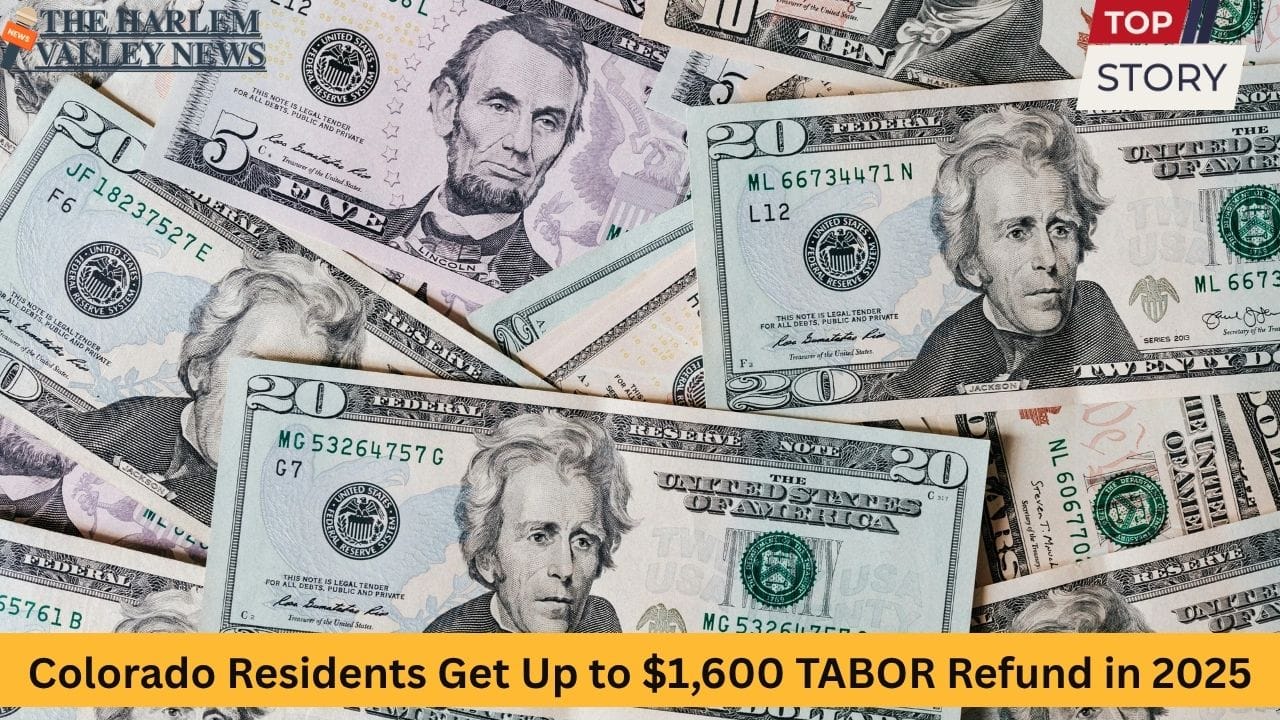
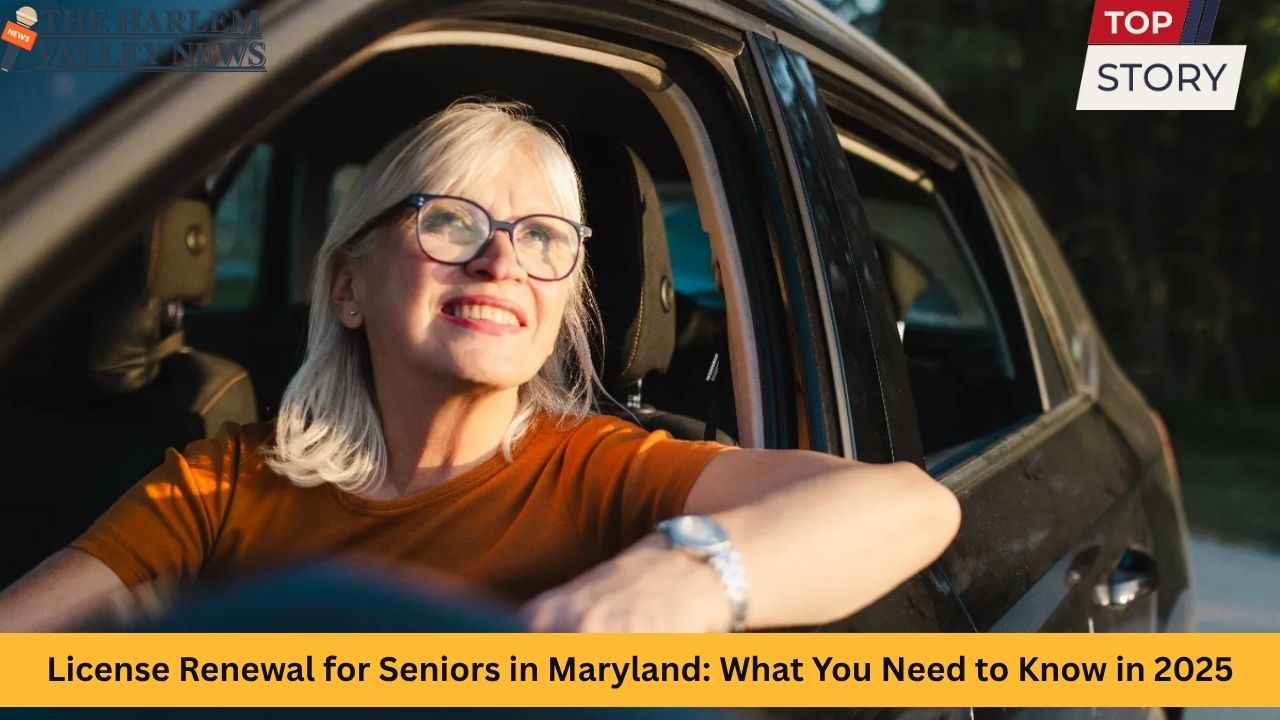

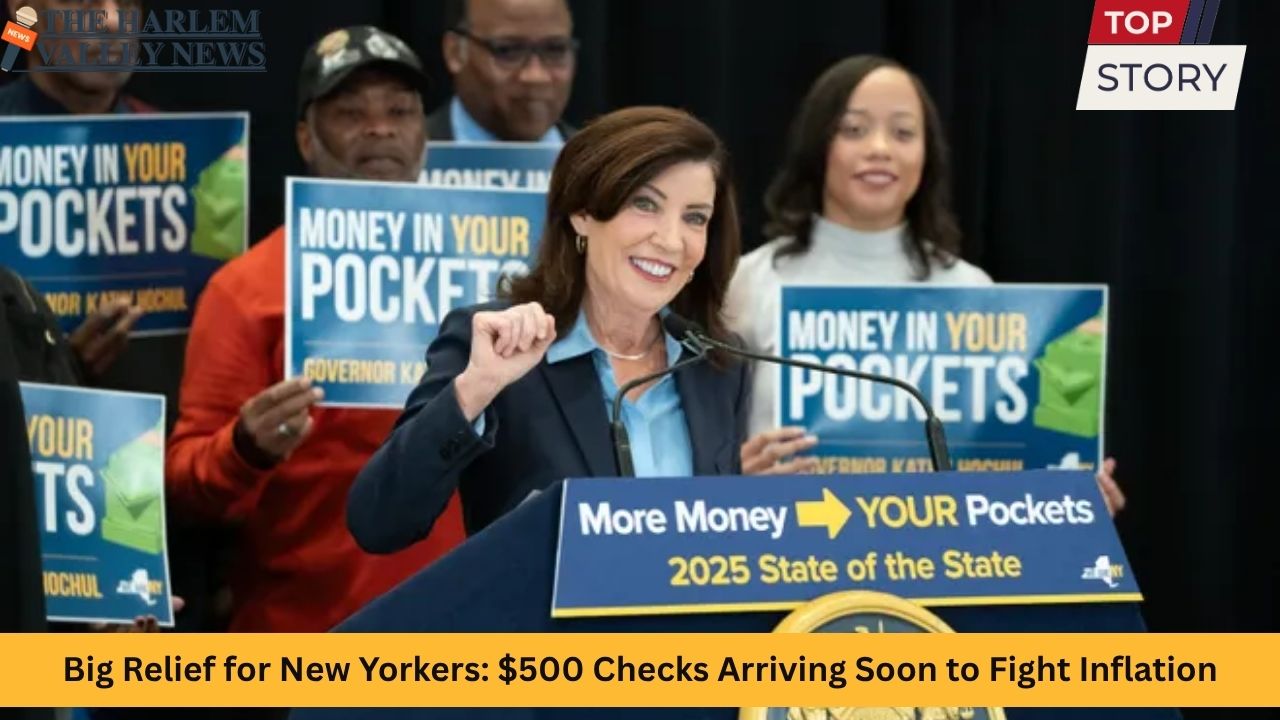
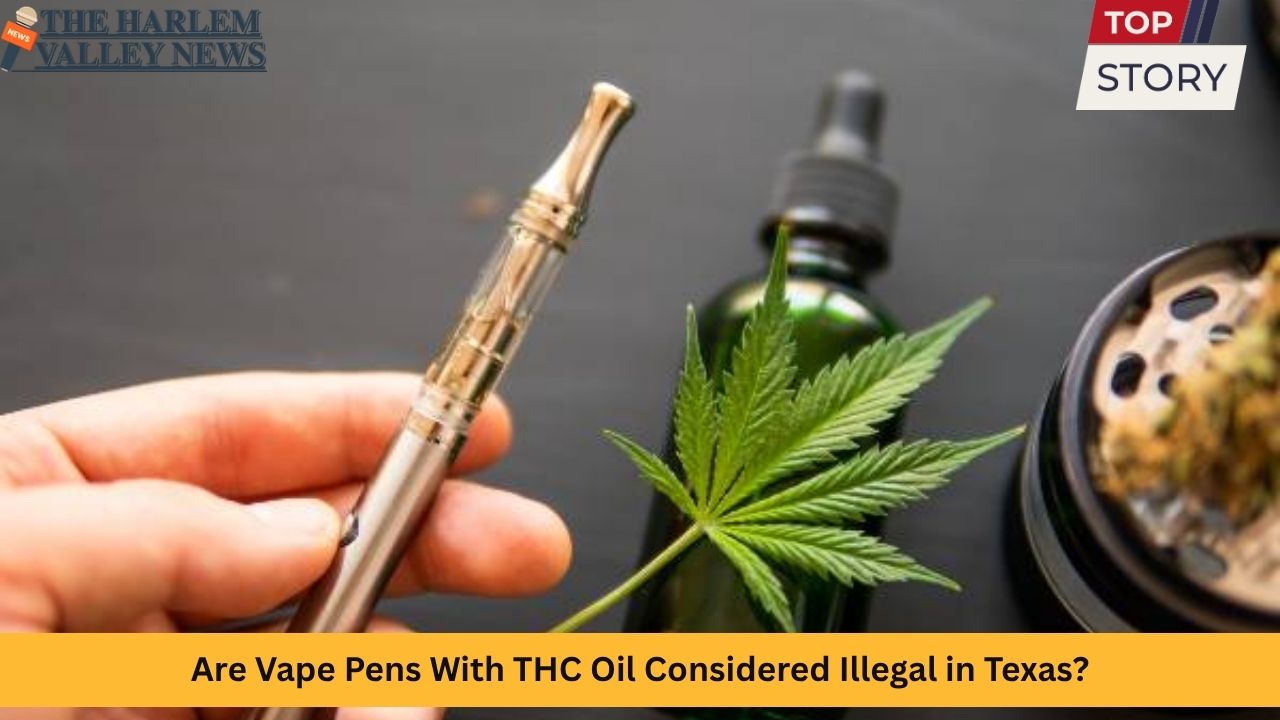
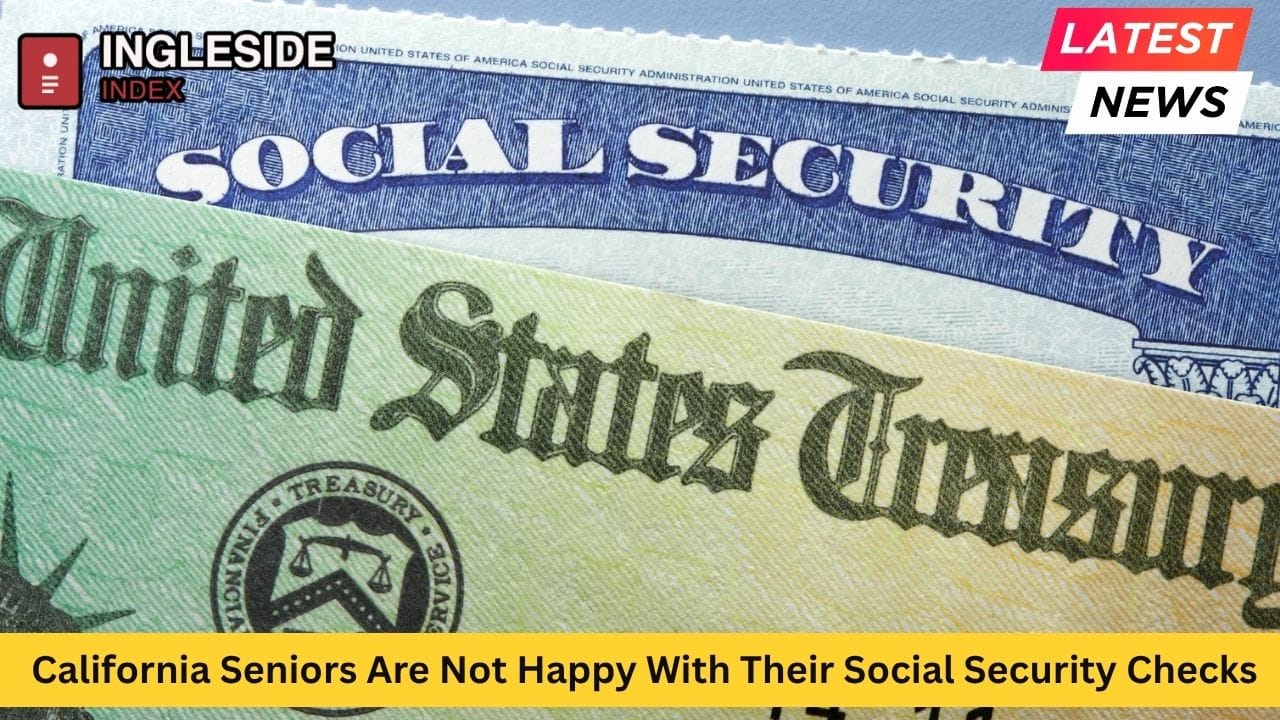
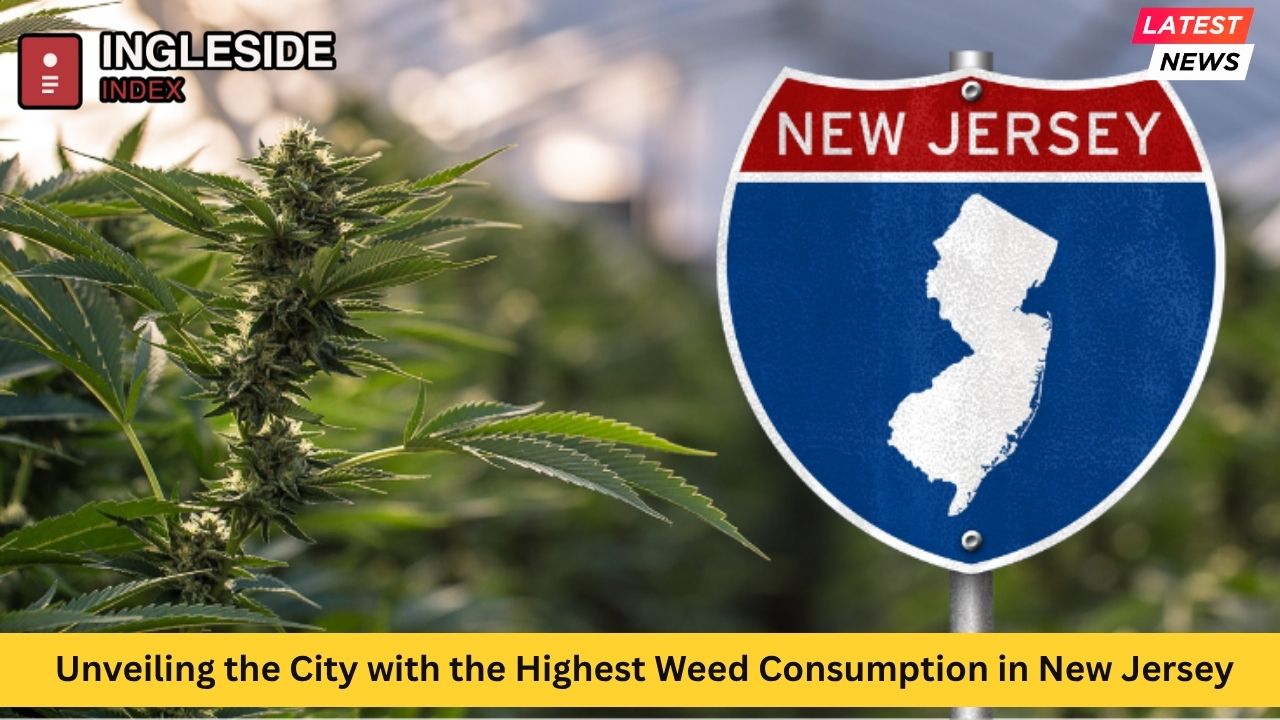


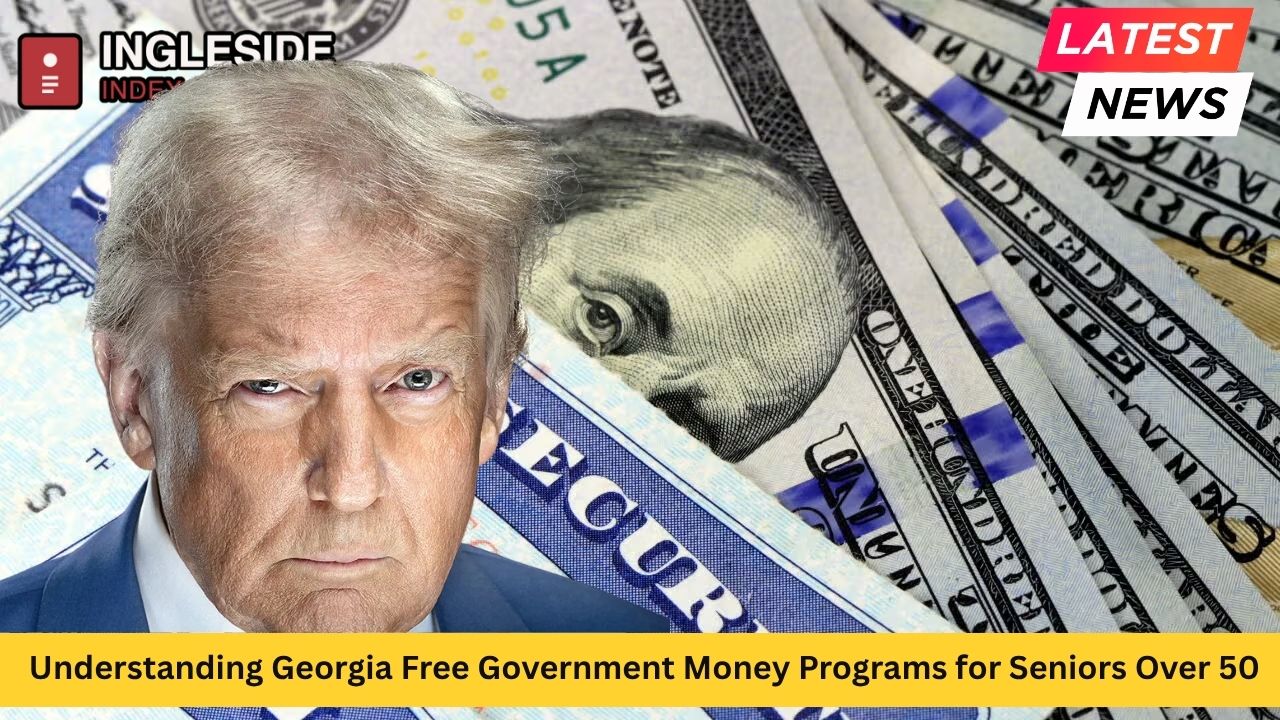


Leave a Reply